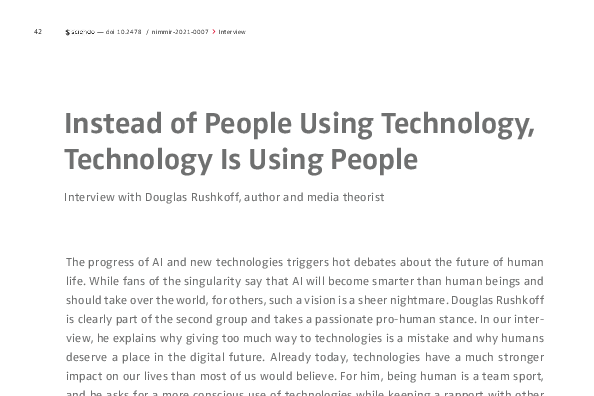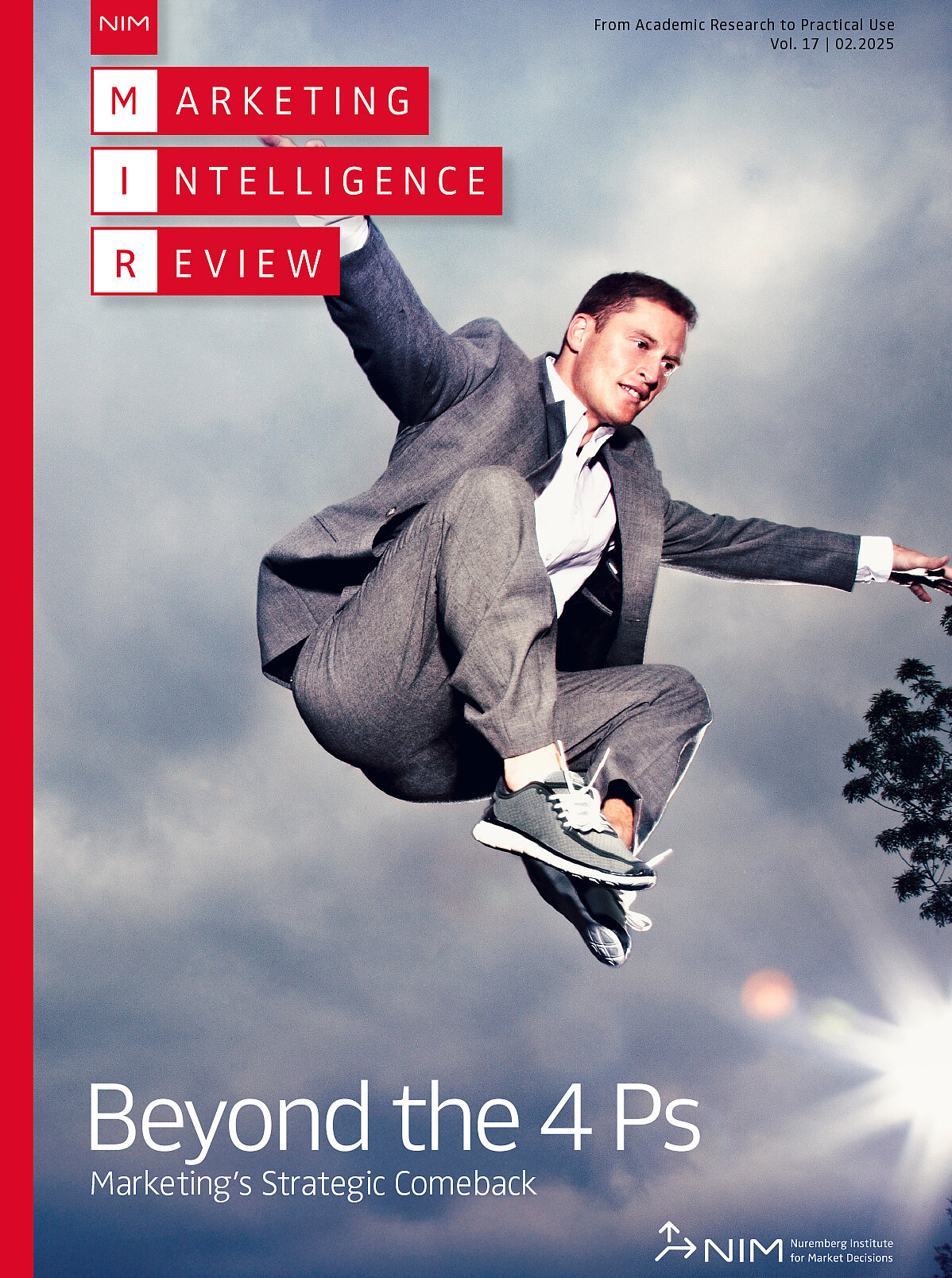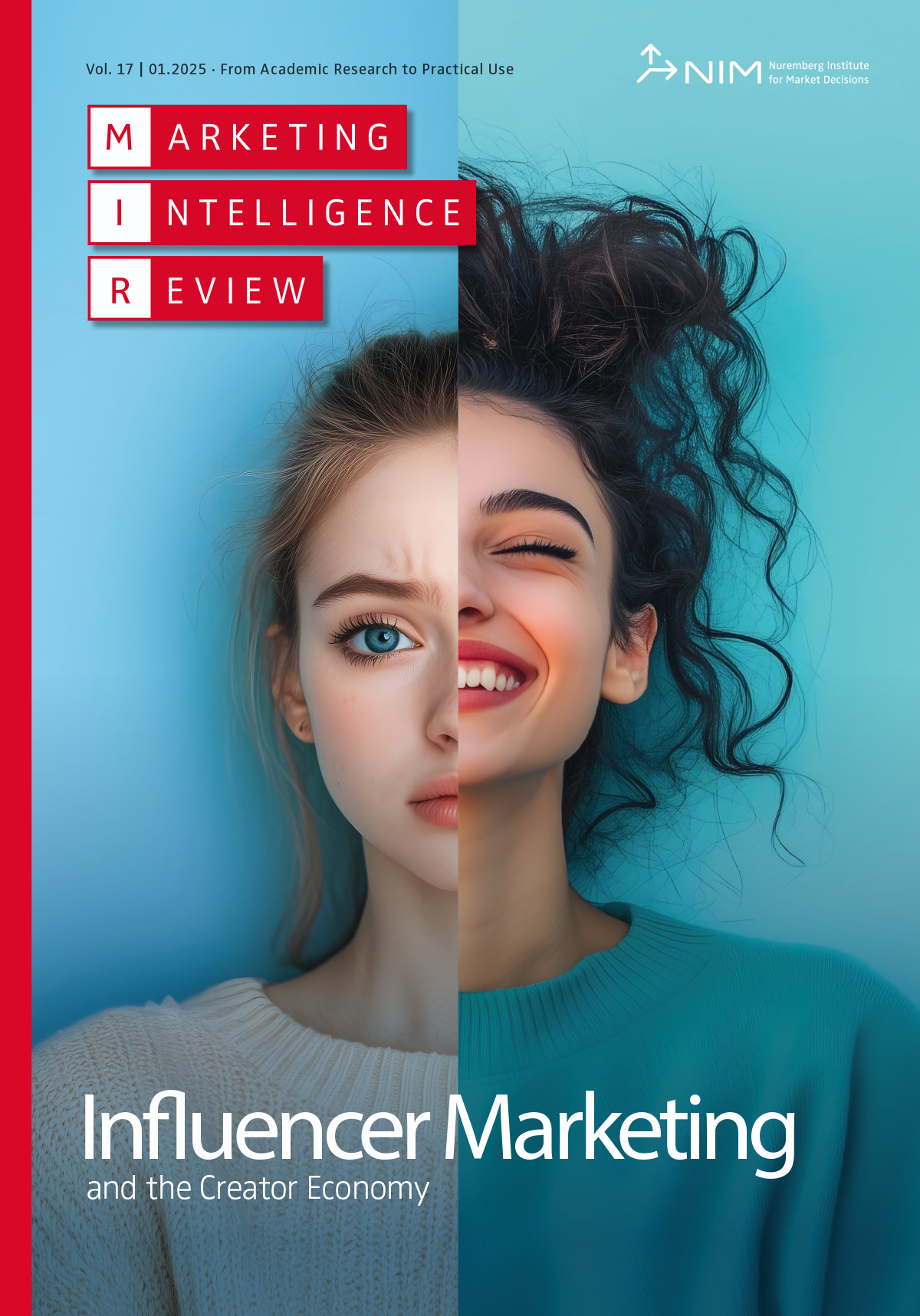Marketing Automation: Marketing Utopia or Marketing Dystopia?
Klaus Wertenbroch
Automated and personalized interactions may increase the relevance of marketing offers, but they also have less-positive economic and psychological consequences for consumers. Machine learning–based prediction algorithms can approximate individuals’ preferences and their willingness to pay at ever greater levels of precision, and companies can use this knowledge to charge higher individual prices. Typically, consumers freely hand over all the information necessary to reveal their preferences, and it seems they underestimate the value of their personal data. And there is another discomforting aspect of giving away personal data: It means giving up privacy and, as a result, losing autonomy.
Preventing negative outcomes is typically a task for regulators, but finding solutions can be difficult. Therefore, companies need to address consumer concerns in their policies as well. To avoid dystopia, managers need to take consumer psychology into account and resist the temptation to maximize short-term profits at the cost of consumers. Avoiding marketing dystopia is in the best interest of all market participants – at least with a longer-term perspective.

![[Translate to English:] [Translate to English:]](/fileadmin/_processed_/9/0/csm_2021_1Licht_ins_Dunkel_4f1312736f.png)
![[Translate to English:] [Translate to English:]](/fileadmin/_processed_/e/6/csm_Algorithmen-basierte_Werbung_d9b3d65173.png)
![[Translate to English:] [Translate to English:]](/fileadmin/_processed_/3/7/csm_kuebler_pauwels_vol_13_no_1_de_0_683618de8a.png)
![[Translate to English:] [Translate to English:]](/fileadmin/_processed_/c/5/csm_thomaz_vol_13_no_1_de_a076447ee0.png)

![[Translate to English:] [Translate to English:]](/fileadmin/_processed_/1/4/csm_Die_Illusion_der_Wahlfreiheit_f80894d2d0.png)
![[Translate to English:] [Translate to English:]](/fileadmin/_processed_/c/e/csm_Jung__aber_nicht_naiv_55c440f5cd.png)


